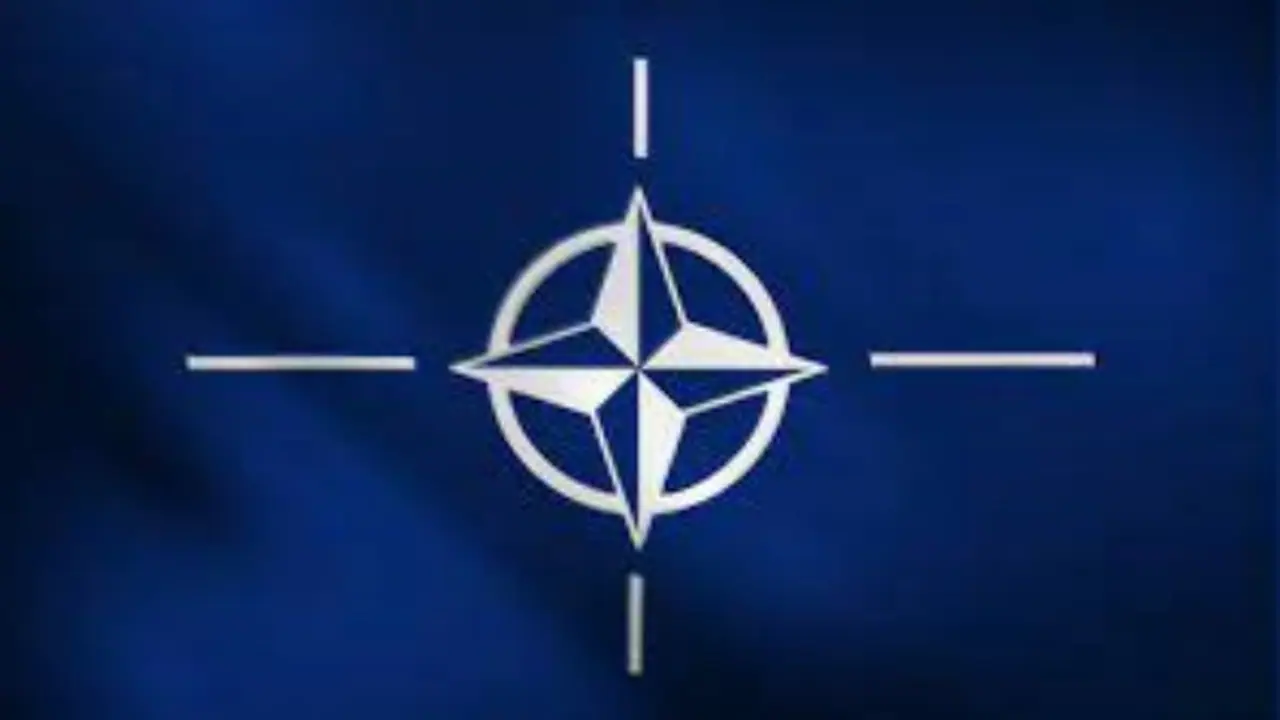NATO countries have agreed to spend 5% of their GDP on defence and security by 2035. The decision comes amid growing threats from Russia and continued pressure from the US, especially President Donald Trump.
At a key summit in The Hague in the Netherlands, the 32 NATO member countries agreed to raise their defence and security spending to 5% of GDP by 2035. This is a major jump from the current guideline of 2%.

NATO sets new defence spending target
According to AFP, in a joint statement, NATO members said, "Allies commit to invest five percent of GDP annually on core defence requirements as well as defence and security-related spending by 2035."
The new target is seen as essential to face growing threats from Russia and also to maintain the support of US President Donald Trump, who had urged NATO members to increase their contributions.
What the 5% includes
The 5% target is divided into two parts:
- 3.5% of GDP will go to core defence spending, such as military equipment and personnel.
- The remaining 1.5% will cover defence-related areas, such as:
- Cybersecurity and network defence
- Protecting critical infrastructure
- Civil emergency preparedness
- Innovation and research
- Building a stronger defence industry
This broader definition allows countries flexibility in how they meet the full 5% goal.
Most countries need to spend more
Currently, 27 of NATO’s 32 members spend under 3% of GDP on defence. Eight members are still below the old 2% guideline, which was set in 2014. Reaching the new 3.5% target for core defence spending will require major adjustments.
NATO’s new secretary general, Mark Rutte, has spent much of his time pushing countries to accept this higher goal. When Trump first mentioned it earlier in 2024, it seemed unrealistic. But now, it is official NATO policy.
Russia called a long-term threat
Along with the new spending target, NATO members called Russia a “long-term threat” to Euro-Atlantic security in their summit declaration. The statement said the alliance remains united in the face of deep security challenges.
NATO countries also reaffirmed their support for Ukraine, saying that Ukraine’s security helps protect the rest of Europe.


